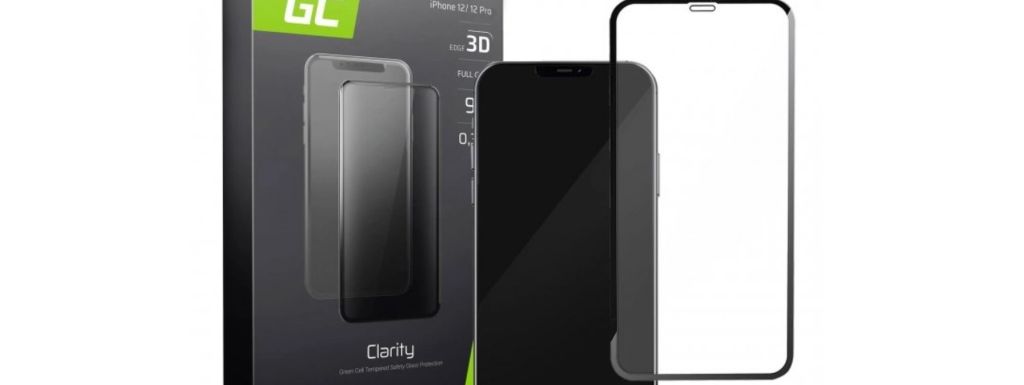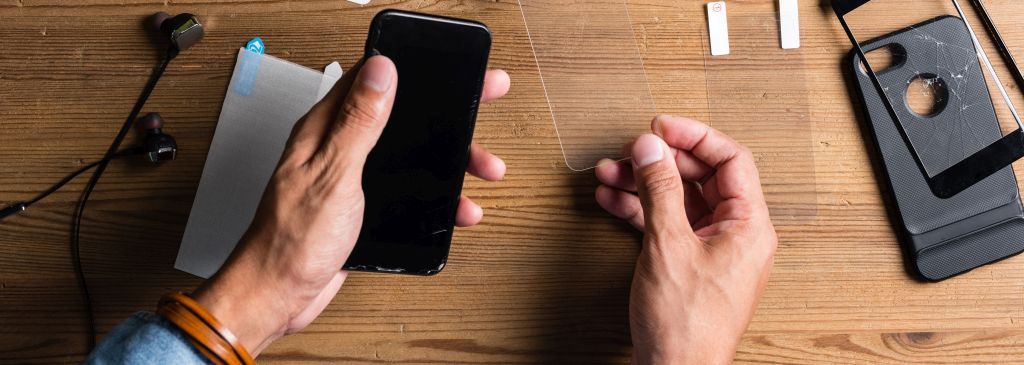Contemporary smartphones are rather vulnerable. The most fragile part is the touchscreen. It’s easy to damage, which may make the whole device unfit for use. That’s why it’s good to protect the display screens of mobile devices – you have a choice between tempered glass and a plastic foil. Which solution will be better for you?
In this article you will find out:
- why it’s good to protect your phone screen,
- what’s the difference between tempered glass and plastic,
- what to look out for while choosing a proper protection for your screen.
Why is it good to protect the display screen?
We use our phones on an everyday basis, in a variety of situations – at work and at leisure. This means there are a number of opportunities to damage the phone accidentally. It’s enough if you drop it and the screen breaks. At best, you will see a spiderweb crack on your display screen, which is not really a nice thing to look at. But it could be worse – the screen could stop responding to touch when broken. Replacement is neither cheap nor easy.
And there’s more to it – your phone is at risk even when you’re not using it. Imagine the inside of a lady’s handbag. The screen could suffer serious scratches when close to the keys or other sharp objects. Such damage seriously affects the value of your device. If you want to sell your phone one day, you will get a much lower price than you would if the phone had no scratches.

Glass or plastic? Pros and cons
Most mobile phones nowadays come with Corning Gorilla Glass, which protects the screen from considerable damage. Some users believe this is enough as regards protection. But is it really so? Not necessarily – an extra layer is always recommended. It’s a good idea to combine various solutions to maximise the protection and make sure your device is safe. Now we will try to see which one is better: tempered glass or plastic screen protector.
Plastic screen protector
Plastic protector is a thin film made e.g. of polycarbonate. It is super flexible and once attached to the screen, it is virtually invisible. More importantly – its structure does not affect the way your screen responds to touch. Plastic screen protector is often chosen by the users who own cell phones with curved screens – also known as “edge.” Thin plastic clings to the curved surface. As a result, the device looks as if no extra layer was applied. When writing about the advantages of plastic screen protectors, we should also mention their low price range.
Unfortunately, there are also a few disadvantages. First of all, the plastic only protects the screen from scratches. It won’t help if you drop the phone or accidentally hit the screen with another object. Another disadvantage is the complicated assembly, because the protector is so thin that it’s difficult to place it in the desired position. On the other hand, watch out for thicker plastic – it is typical of poor quality protectors, which reduce the sensitivity of your phone screen to touch, thus making it inconvenient to use the device.

Tempered glass protector
Tempered glass is tougher and more durable than plastic, which means it offers better protection. Use tempered glass to protect your phone screen not only from scratches, but also from breaking. Tempered glass is an obvious choice for those who are looking for phone cases. Some users even treat these two as alternatives. Although tempered glass is thicker, this does not affect the ability of the screen to respond to touch, which cannot be said of thick plastic. An exception are poor quality products, which do affect the sensitivity of the phone screen.
One disadvantage of tempered glass is definitely its price. On the other hand, it offers much better protection, so you can see it as an investment. If you opt for a product by a well-known and reputable brand, you won’t have to worry about any defects or faults. Remember to pick hybrid tempered glass for a curved screen to make it fit the surface and cling to the edges.

Tempered glass or plastic screen protector?
Now that you know the key advantages of plastic and tempered glass protectors, you can decide which solution will be better for you. When choosing a protector for your phone screen, bear in mind the following criteria:
- resistance to scratches and cracks,
- toughness,
- easy assembly,
- the extent to which it impacts touch sensitivity,
- impact on the appearance of colours
- aesthetic aspect,
- price.
You will quickly notice most of these parameters are in favour of tempered glass. It offers excellent protection from scratches and cracks, it’s easy to attach and does not affect the way you use your touchscreen. This cannot always be said of plastic protectors. Whichever solution you choose, remember to go for products by reputable brands – visit Battery Empire and find the right protection for your model!
Veronica Jones
Related posts
Most viewed entries
- Electricity in a camper van on holiday – a conundrum easily solve
- Off-grid installation on a plot. Is it worth it?
- Charging your electric car at home without a wallbox
- Inverter – what it is and what it is used for
- Zero VAT on energy storage in the UK possible soon
- Greece sets aside €200 million for photovoltaic subsidies!

